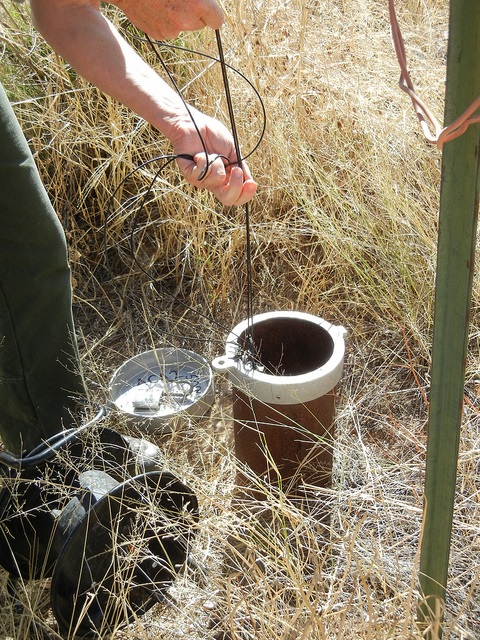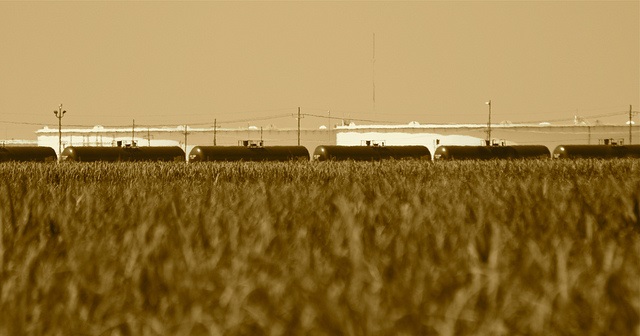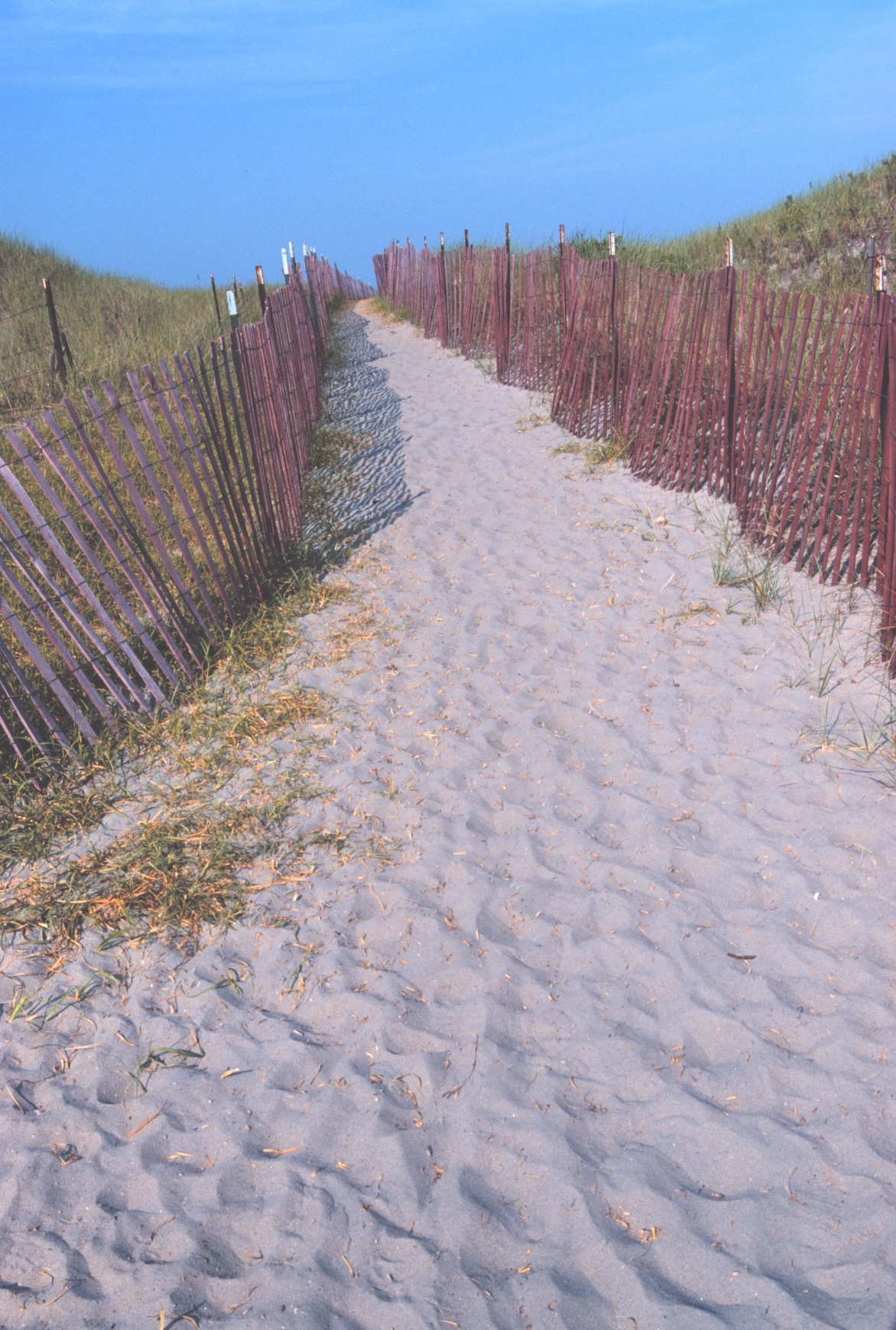Accelerating Implementation of New Groundwater Laws
The 'Other' Tool in Legislators' Toolbox
No Typical Day for a Sierra Club California Intern

Accelerating Implementation of New Groundwater Laws
By Kyle Jones
When Governor Jerry Brown unveiled an executive order on April 1 that mandates a 25% cut in water usage by urban water agencies, it was a welcome measure to expand water conservation in California.
But noticeably absent from the water conservation mandate was the agricultural sector. California’s farms represent about 80% of the human use of water in the state, so it is natural to wonder why farmers were spared the same cuts as urban users.
The Brown administration’s answer has been that agricultural cuts have already occurred through curtailment.
In normal years, the state’s farms in the Central Valley receive a large portion of their water from the Central Valley Project and State Water Projects, systems of large reservoirs and conveyance mechanisms throughout the state. That water is supplemented with groundwater. This year, farms received no water from the Central Valley Project, and only a 20% allocation from the State Water Project, which represents a curtailment of about nine million acre feet from average.
And, this year, as surface water deliveries to farms cease, groundwater pumping increases. This is exacerbating already high levels of groundwater overdraft throughout the Central Valley, leading to decreases in water quality, wells going dry, and the land subsiding at a rate of a foot a year in some areas.
Currently, pumping of groundwater is largely unregulated. The groundwater law that passed last year does not require basins to achieve sustainability until the 2040’s. Without groundwater management, we will continue to see damage done to our aquifers, and a large number of water supply and quality issues increase in the Valley.
Without a limit to how much farmers can pump, there is no incentive for them to increase water-use efficiency by switching to better irrigation means, nor to stop planting the most water-intensive crops.
While passage of last year’s groundwater law was a historic achievement, it seems like more must be done, and soon. Without curtailment of pumping groundwater, California will see permanent damage done to its aquifers and an increasingly large portion of the population will not have access to water.
Suggesting, as the governor did, that agriculture has already done its part to cut water use doesn’t tell the full story. Agriculture can and should do more and the administration and legislature can encourage that by accelerating implementation of the new groundwater laws.

The 'Other' Tool in Legislators' Toolbox
By Kathryn Phillips
The well-written bill is just one tool a legislator can use to influence environmental policy.
Another is the carefully crafted letter.
A single epistle signed by one or more state legislators can put broken state agencies on notice to perform better, or encourage federal agencies to do more to protect the public.
Recently some key California legislators have used the power of the pen to help protect Californians from the effects of extreme oil extraction and transport.
In one sign-on circulated by Senator Hannah-Beth Jackson in mid-March, 12 legislators, including Jackson, called on the federal Department of Transportation to act swiftly to strengthen and adopt regulations to improve the safety of crude-by-rail trains.
In another letter signed by Senator Fran Pavley and Assemblymember Das Williams in March, the legislators challenged oversight—or the lack of oversight—of hundreds of unpermitted wastewater pits used by the oil industry. The letter was addressed to the chair of the State Water Resources Control Board and the leader of the Division of Oil, Gas and Geothermal Resources. It included a list of questions the two legislators indicated would help get to the bottom of the regulatory lapses that allowed the unpermitted pits to persist.
In three individual letters crafted early this year, Senator Fran Pavley, Senator Jackson, and Assemblymember Das Williams endorsed an application for establishing a national marine sanctuary off the Coast of San Luis Obispo County and northern Santa Barbara County. If established, that sanctuary would protect that portion of the coast from future oil and gas drilling.
So if you hear anyone complain that tweeting and email have forced the demise of the art of letter writing, remember the environment’s champions in the legislature who keep the power of the letter alive.

No Typical Day for a Sierra Club California Intern
By Meg Gunderson
Not long ago, I received a phone call from a potential university intern who asked a very good question. She asked what the typical day for a Sierra Club California intern might be like.
The easy answer is that there is no typical day for an intern.
A day in an internship could include some online research of “green” campgrounds, tracking down a media contact for the next press release, or attending an assembly or senate committee meeting at the Capitol a few blocks away. Or the day could include drafting a letter of support for a bill and then in the middle of that being asked to run over to the Capitol (in 98 degree heat) to “make a drop” of a floor alert to all of the representatives’ offices.
One of our current interns, Olivia Regalia, a Political Science major at UC Santa Barbara in her junior year, chose Sierra Club California for the lobbying aspect of influencing environmental legislation – to see if that’s what she’d like to do in the future. The prospect of working more closely with a smaller staff was also attractive to Olivia, rather than being part of staff in a legislator’s office or in a large state agency.
While there is no typical day, and some tasks are more exciting than others, an intern can typically expect to become familiar with the steps (two forward, one back) of advocating for the environment. Olivia was surprised by the number of environmental bills Sierra Club California tracks – over 400 so far in 2015.
While our interns work for free as volunteers, they will learn something of their own interests and abilities; like, whether or not they have the gumption and creativity needed to engage legislators’ and agency staff’s attention. And do they like the long haul and delayed gratification that is the result of advocacy?
We have short-term and long-term interns but most commit to at least a semester. Some have stayed for a year or longer and a lucky few have been invited on to staff positions.
Sierra Club California interns get to work with California’s most influential grassroots environmental organization. Olivia studied John Muir and Yosemite, the Sierra Club, David Brower and the Grand Canyon in an environmental history course prior to her internship. Now she has a chance to work with the organization she studied.
This internship is a chance to build a valuable foundation for future advocacy, legislative staff work, or agency careers. Olivia hopes that by the time her internship ends she will have a better understanding of the work and time it takes to influence legislation and make sure environmental concerns are addressed. She is excited to be part of something that’s being taken seriously.
Follow Us:
  |
Thank you for being a part of our work! You may securely donate online or by sending a check to Sierra Club California at 909 12th Street, Suite 202, Sacramento, CA 95814.

